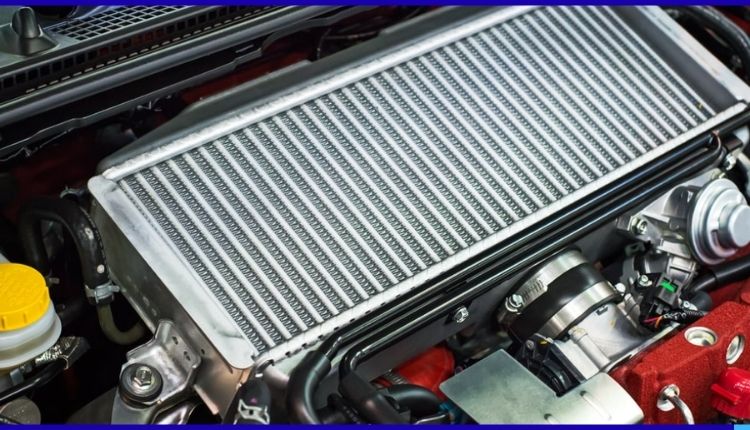When it comes to home heating solutions, radiators are often the most commonly used option, and for good reason. These heat-conducting devices have been around for centuries, providing warmth and comfort to residences and offices alike. But what exactly are radiators, how do they work, and what should you consider when choosing the right one for your living space? This comprehensive guide will explore these questions and more, offering insight into the world of radiators for those interested in understanding their importance and functionality in modern homes.
The Basics of Radiators
Radiators are devices used to transfer thermal energy from one medium to another for the purpose of heating or cooling. In domestic and commercial environments, they primarily serve to heat spaces during cooler months. By circulating hot water through a closed system, radiators emit heat into a room, warming the air via radiation and convection. This process is both efficient and effective, making them a popular choice for homeowners looking to maintain a comfortable indoor climate.
Types of Radiators
There are several types of radiators available, each with its own advantages and applications. The most prevalent types include:
- Panel Radiators: These are the conventional radiators found in most homes. They consist of flat panels that project heat evenly through a room, and they can come in single or double-panel configurations.
- Column Radiators: Known for their classic appearance, column radiators have a distinctive design that enhances the aesthetic of vintage or period properties. They comprise vertical columns connected in series to allow easy heat distribution.
- Towel Radiators: As the name suggests, these are commonly found in bathrooms, providing warmth as well as a convenient place for drying towels.
Choosing the Right Radiator
Selecting an appropriate radiator involves several considerations, including the size of the room, the desired heat output, and aesthetic preferences. To calculate the needed heat output, measured in British Thermal Units (BTUs), one must consider the dimensions of the room, any draughts, insulation quality, and additional heat sources. It’s advisable to consult with a heating professional or use an online calculator to determine the precise BTU requirement.
In addition to size and heat output, design and placement are also important elements. Sleek, modern designs can fit well into minimalist settings, while traditional models can enhance classic interiors. Placement impacts how heat disperses in a room, with common instalments beneath windows to combat cold air entering through the glass.
Energy Efficiency and Environmental Impact
With rising energy costs and increased awareness of environmental impact, choosing energy-efficient radiators is a vital consideration for the eco-conscious consumer. Modern innovations, such as thermostatic radiator valves (TRVs), allow for better heat regulation in individual rooms, enhancing energy efficiency. Additionally, low water content radiators heat up quickly and respond rapidly to changes in thermostat settings, ultimately reducing energy consumption.
Conclusion
In summary, radiators are an indispensable element of home heating systems, offering a time-tested solution to maintaining indoor warmth and comfort. With a variety of styles and configurations available, along with developments in energy efficiency, selecting the right radiator involves careful consideration but is essential in optimising both functionality and environmental responsibility. Whether updating existing systems or designing new interiors, understanding radiators empowers homeowners to make informed choices that best meet their heating needs.

